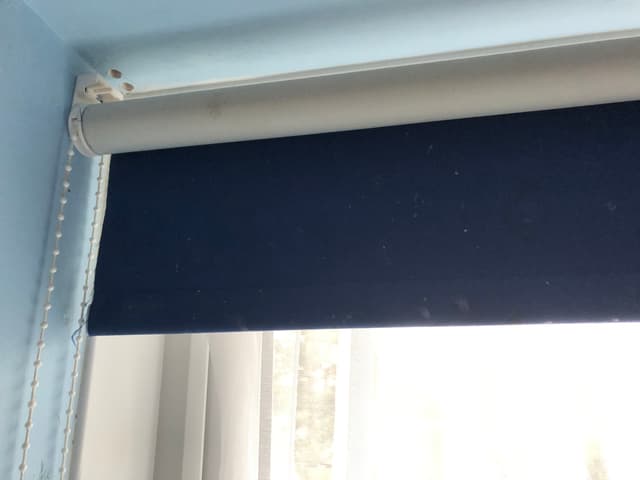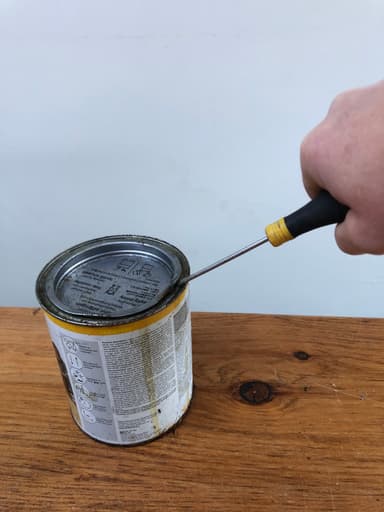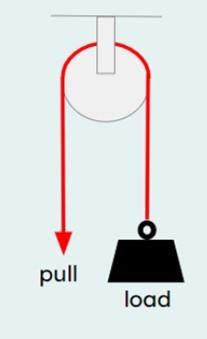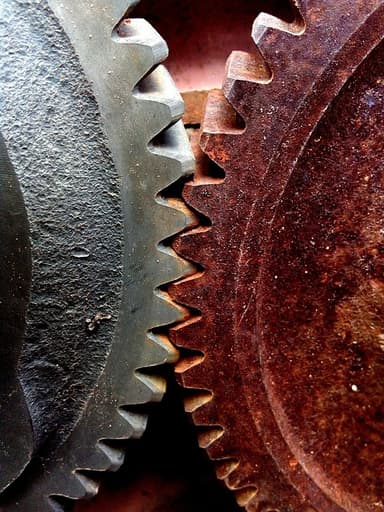How gears can help us
I can describe how gears can make difficult work easier.
How gears can help us
I can describe how gears can make difficult work easier.
These resources will be removed by end of Summer Term 2025.
Switch to our new teaching resources now - designed by teachers and leading subject experts, and tested in classrooms.
These resources were created for remote use during the pandemic and are not designed for classroom teaching.
Lesson details
Key learning points
- Gears are simple mechanisms or machines which are useful for turning things.
- Gears are wheels with teeth that slot together and turn on an axle.
- Gears can change the direction of a force. When one gear is turned, the other gear turns in the opposite direction.
- Gears of different sizes working together can be used to change the size of a force and reduce the effort required.
- A smaller gear will turn rapidly with less force, whereas a larger gear will turn more slowly with a greater force.
Keywords
Gear - A gear is a simple machine which is useful for turning things.
Cogs - A cog is a toothed wheel, often used in gear systems.
Axle - An axle is a rod that goes through the centre of the wheel to help it move and stay in place.
Clockwise - To turn clockwise means to turn in the same direction as the hands of a clock move round.
Force - A force is a push or a pull. Forces can make objects move, slow down, change direction or change shape.
Common misconception
Gears only exist in bicycles and cars.
Explicit teaching of what gears are and where they are found.
To help you plan your year 5 science lesson on: How gears can help us, download all teaching resources for free and adapt to suit your pupils' needs...
To help you plan your year 5 science lesson on: How gears can help us, download all teaching resources for free and adapt to suit your pupils' needs.
The starter quiz will activate and check your pupils' prior knowledge, with versions available both with and without answers in PDF format.
We use learning cycles to break down learning into key concepts or ideas linked to the learning outcome. Each learning cycle features explanations with checks for understanding and practice tasks with feedback. All of this is found in our slide decks, ready for you to download and edit. The practice tasks are also available as printable worksheets and some lessons have additional materials with extra material you might need for teaching the lesson.
The assessment exit quiz will test your pupils' understanding of the key learning points.
Our video is a tool for planning, showing how other teachers might teach the lesson, offering helpful tips, modelled explanations and inspiration for your own delivery in the classroom. Plus, you can set it as homework or revision for pupils and keep their learning on track by sharing an online pupil version of this lesson.
Explore more key stage 2 science lessons from the Forces including simple machines unit, dive into the full primary science curriculum, or learn more about lesson planning.

Equipment
See additional materials.
Content guidance
- Risk assessment required - equipment
Supervision
Adult supervision required
Licence
Prior knowledge starter quiz
6 Questions
a rigid bar resting on a turning point called a pivot
a grooved wheel with a rope threaded through it





Assessment exit quiz
6 Questions




gear turns more slowly with a greater force.
gear turns more rapidly with less force.


